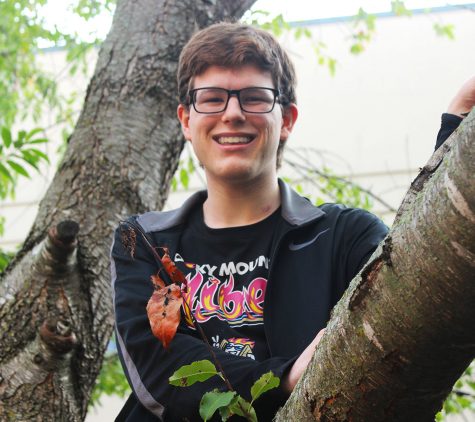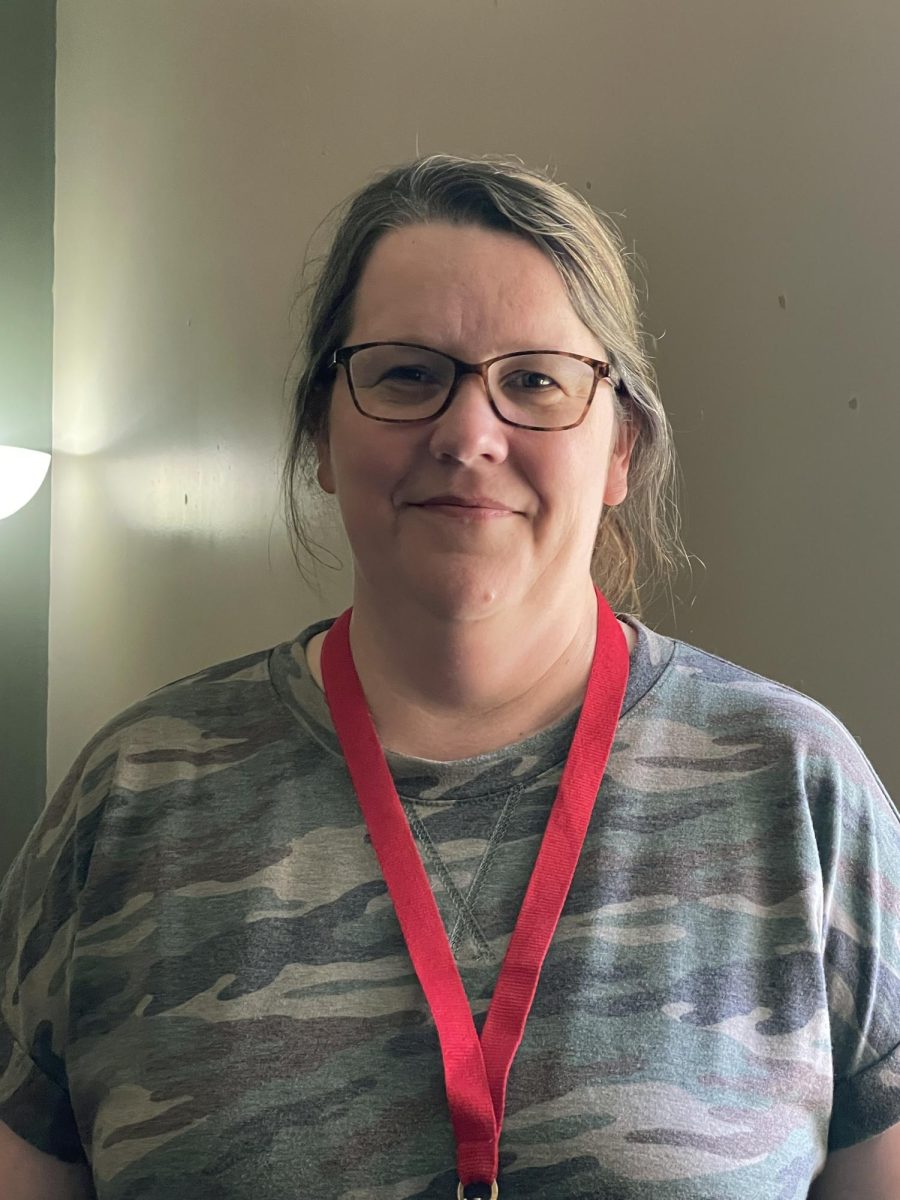Help For Laura
October 19, 2020
On Aug. 27, Nixa got a double-rainbow. Two days later, severe storms came through southern Missouri and northern Arkansas, shutting down power for some at fractions at a time. Here it felt common, rain comes very often in these parts. Where it came from, however, was not common in the slightest.
Hurricane Laura slammed into Louisiana and tied the record for the strongest storm to ever make landfall in the state, which was set in 1856. In Alexandria, Louisiana, the storm came through at a staggering 86 mph, but it was considerably slower when you consider that Laura topped off at 133 mph in Lake Charles, Louisiana, according to weather.com. Still, the hurricane plowed through the state almost like a brick wall and caused major damage to the state with early projections giving Laura a $25-30 billion economic loss and rising. Along with the financial losses, 26 people were confirmed to have died because of the hurricane.
Almost immediately, organizations such as the Federal Emergency Management Agency and the Red Cross sent members down to Louisiana to help the recovery process. Many smaller organizations sent members to even smaller communities to assist in the process. Locally, the Missouri Public Utility Alliance sent volunteers from Nixa Utilities to help provide power for those without it.
“We split the trip to get down there into two days,” said Jordan Odem, who was one of the four volunteers from the MPUA who went to Alexandria. “The second day was when he drove right into the storms.”
Hurricane Laura was a strong hurricane, known at its highest as a category 4 storm. From where it landed in Louisiana, it streaked past the country and in two days made it up to Pennsylvania, showing just how powerful the storm really was.
“When we got there, there was so much chaos,” said Johnny Neal, another volunteer for MPUA. “It’s definitely a wow factor the first time you do something like this.”
Neal has been a part of the program since 2012 and the first hurricane he helped with was Hurricane Sandy, which was the strongest hurricane that year.
“The thing that was unique about Laura was the fact we actually had water, food and a place to sleep when we got down there,” Neal said. “We didn’t have to go without too much stuff.”
Whitney Rapp, Nixa High School’s Dual Credit Earth Science and College Biology teacher, knows the ins and outs of hurricanes, and as a teen almost saw one up close.
“In high school, I was on vacation in Louisiana. We watched as people boarded up and evacuated due to an expected hurricane,” Rapp said. “Of course, we had to cut our vacation short.”
The good news about Hurricane Laura was the fact that people had more time to evacuate before the storm reached the coast of Louisiana.
“In terms of wind speed, Laura was in the top 5 in the U.S. overall,” Rapp said. “Because many people evacuated and the storm surge was not as bad as they anticipated, the life loss was luckily low.”
But for many of those who decided to evacuate, what they came back to wasn’t much at all.
“It was surprising how dozens and dozens of neighborhoods were destroyed by trees and other debris,” Odem said. “It’s hard to get used to a tree in the middle of houses.”
Odem continued by saying that seeing all of this hit on a personal and emotional level, and one he won’t ever forget.
“It became the norm. I stopped taking pictures of them because there was so much more than I thought,” Odem said. “I can only imagine what those families are going through.”
That’s exactly what people like Odem and Neal are there for.
“We’re a part of a coalition,” Odem said. “Our motto has always been that if someone’s in need, we’re there to help them the best we can.”







